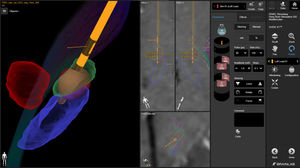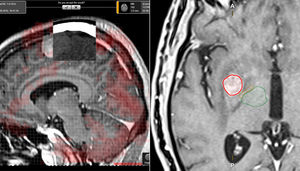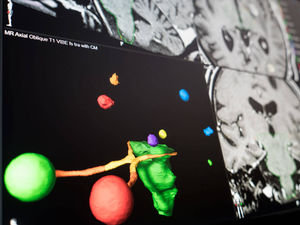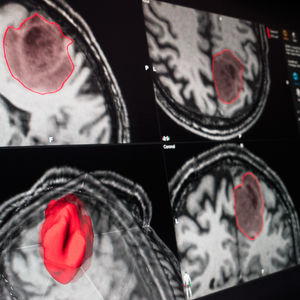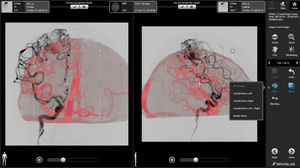

- Products
- Catalogs
- News & Trends
- Exhibitions
Preoperative planning software treatment planningcontour detectionanatomy
Add to favorites
Compare this product
Characteristics
- Function
- preoperative planning, treatment planning, contour detection
- Applications
- anatomy, for radiosurgery, spine surgery, hospital
- Type
- automated
Description
Opt for automation to support spinal cord sparing
This automation-supported workflow is optimized for the treatment of spinal metastases and produces very steep dose falloff between the target and the spinal cord. The workflow ensures enhanced spinal cord sparing and offers automatic CTV and OAR proposals in line with the International Spine Consortium Guidelines.
Preparing for spine metastases planning
We’ve built automation into every step of the pre-planning workflow including anatomical mapping, curvature correction and target definition. Save time with fast and easy-to-use tools, add consistency and gain confidence from the submillimetric accuracy you’ll achieve along the way.
Compensating for spine curvature variations
Variations in the position of the patient in different scans can prevent accurate image fusion. The unique algorithm of Elements Spine Curvature Correction combines information from the Brainlab internal tissue classification to account for rigidity and deformability of different tissue types which is then used to highlight and correct deviations in spinal curvatures.
Accurately segmenting spinal anatomy
Curvature corrected, fused images are essential to establishing a solid foundation for segmentation. Automatic segmentation of spinal anatomy with Elements Anatomical Mapping uses our patented synthetic tissue model to identify and label the individual levels of the spine. Easy metal implant contouring and the use of material-specific electron density enable highly accurate Pencil Beam and Monte Carlo dose calculation1. This software fundamentally streamlines extracranial treatment planning and supports standardization.
Catalogs
No catalogs are available for this product.
See all of Brainlab‘s catalogsRelated Searches
- Analysis software
- Radiology software
- Viewer software
- Tablet PC software
- Control software
- Windows software
- Scheduling software
- Automated software
- Diagnostic software
- Hospital software
- Online software
- Treatment software
- Tracking software
- Software module
- Surgical software
- Education software
- Import software
- CT software
- Evaluation software
- Sharing software
*Prices are pre-tax. They exclude delivery charges and customs duties and do not include additional charges for installation or activation options. Prices are indicative only and may vary by country, with changes to the cost of raw materials and exchange rates.


